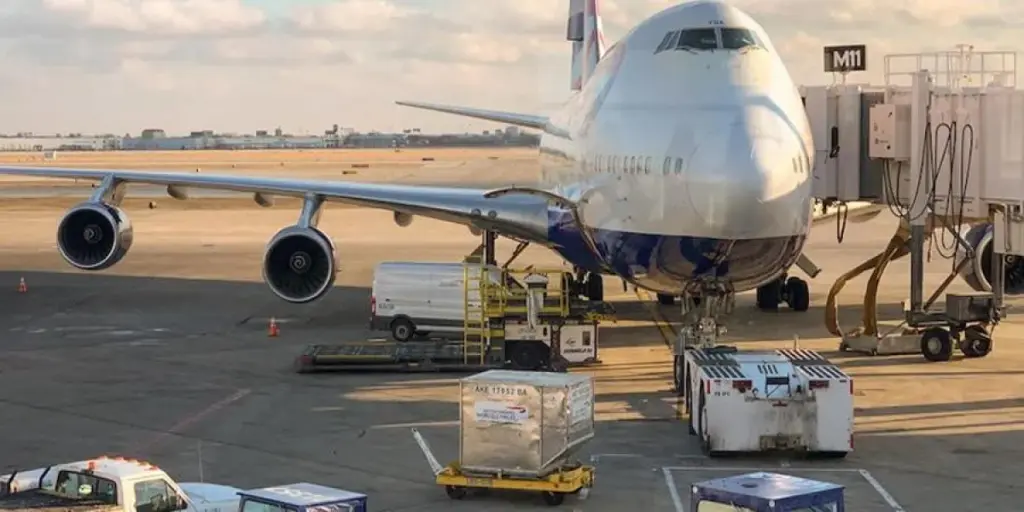Finding ways to make products and processes more effective, efficient, and impactful is a vital part of a business’s success. One area often overlooked but with high potential for savings and efficiency improvements is the optimization of product packaging.
For instance, the multinational retail giant IKEA managed to save a staggering USD 1.27 million annually by simply re-engineering their sofa to come apart into different pieces. They were able to shrink the packaging size by a whopping 50%.
But first of all, what does packaging optimization mean? What benefits can it bring to businesses? And, most importantly, how can companies develop their own advanced packaging strategy? Keep reading to find the answers as we explore five practical strategies businesses can adopt to optimize their packaging!
Table of Contents
What is packaging optimization and why is it important?
What are the benefits of packaging optimization?
5 ways to optimize your packaging
Packaging optimization: the hidden key of a successful brand
What is packaging optimization and why is it important?
Packaging optimization is a strategic process where companies creatively enhance the design of a product’s package. The aim here is to identify materials that would ensure safety and preserve the product, all while minimizing waste.
The optimization process also seeks to reduce the size and weight of the package, which ultimately lowers its carbon footprint. This may seem like a lot of details, but it is a substantial part of supply chain management that aids companies in economizing on packaging (and other) costs yet ensuring robust protection for their products.
Here’s an example to underline the importance of packaging optimization. Imagine a company that sells delicate glass items. Through packaging optimization, it selects superior cushioning materials that are light yet strong enough to protect the fragile product.
The company also reduces the size of the package to include only necessary protection, eliminating waste. This approach yields a dual benefit – it saves costs related to unused materials and reduces the shipping weight, leading to lower freight costs.
What are the benefits of packaging optimization?
Packaging optimization is important because it can help businesses save money, protect products, and boost customer satisfaction:
Reduced logistical costs
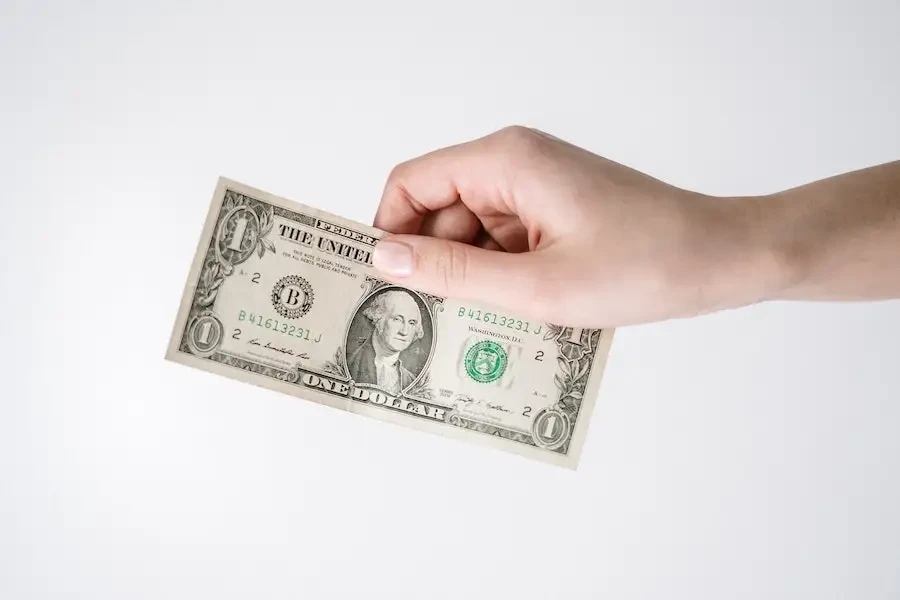
Optimizing the packaging process can minimize not only material and labor costs but also transportation costs. For instance, reducing package sizes means more products can fit into a single truck, reducing the number of truckloads needed to transport goods. Furthermore, smaller packages require less storage space, resulting in lower warehouse costs.
Minimized product damage

Another substantial advantage that packaging optimization brings to the table is the significant reduction of product damage. By scrutinizing the packaging process—from the makeup of the boxes to the size and shape of the products, down to the way they’re arranged within—the chances of damaging goods during transportation or handling can be drastically reduced.
Improved customer experience
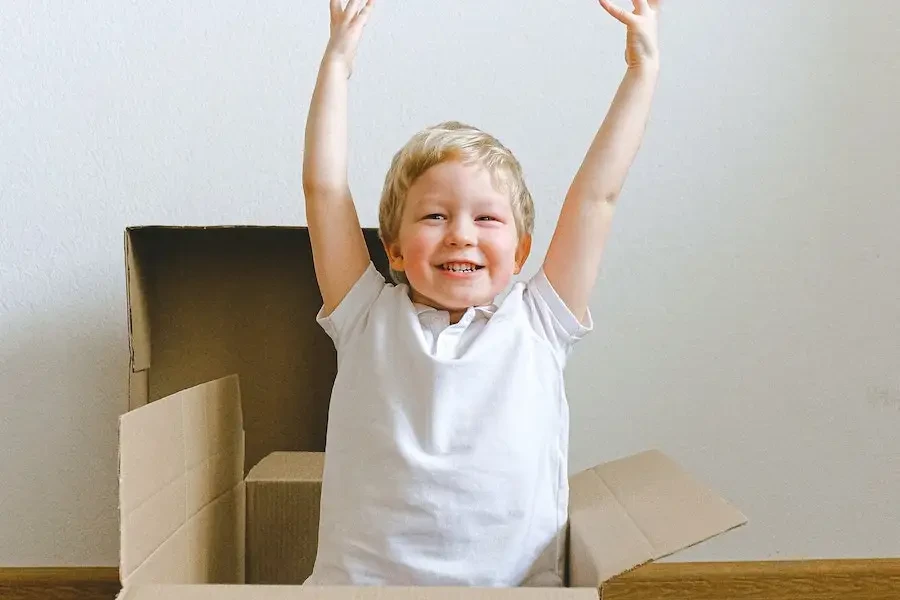
The icing on the cake of packaging optimization is the enhanced customer experience. By incorporating smart design elements, businesses can give their customers an effortless unboxing experience. Moreover, using eco-friendly materials conveys an environmental consciousness, reinforcing a positive green brand image and showcasing genuine care to both customers and planet Earth.
5 ways to optimize your packaging
Now that we know what packaging optimization is all about and the benefits it offers, let’s look at five ways businesses can use to optimize their packaging:
1. Eliminate unnecessary packaging levels
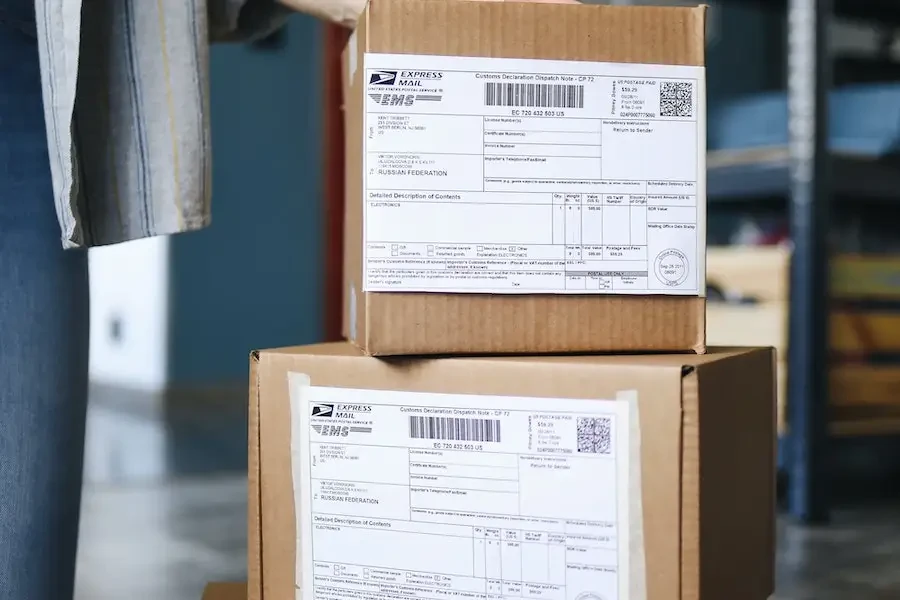
We can imagine product packaging as an onion; each level peeled back reveals another one beneath. Packaging can be categorized into three different levels:
- Primary packaging: this is the first material that envelops the product and holds it in place. We frequently interact with this layer directly when using the product. For instance, when we buy a bottle of soda, the bottle itself is the primary packaging.
- Secondary packaging: this is the additional layer that encircles and safeguards the primary packaging. It acts as a shield for products and is usually removed before use. A common example of this is the shrink wrap found around packs of canned food.
- Tertiary packaging: this is the final layer of protection typically used for the transportation, storage, and handling of goods. For instance, a cardboard box filled with soda cartons on a grocery store’s loading dock is a form of tertiary packaging.
Businesses need to evaluate if their products require all three levels. Upon examination, companies might find it feasible to eliminate one or more of these packaging layers, resulting in a simpler and more efficient design that reduces waste. The goal is to create a package design that is minimal yet protective.
For instance, businesses can use adjustable adapter boxes as secondary packaging. These boxes can be resized according to the product dimensions, thereby maximizing storage space and ensuring a snug fit with the primary packaging. This adaptability effectively eliminates the need for tertiary protective packaging, reducing waste and minimizing the risks of product damage.
2. Adopt sustainable packaging materials
The best way to start package optimization is by adopting sustainable packaging materials! Companies could use plant-based materials such as corn, sugar cane, or bamboo. Unlike conventional packaging boxes, these natural alternatives decompose without leaving behind toxic residue, thereby marking a significant reduction in long-term waste footprint.
Alternatively, reusable materials like corrugated cardboard present another excellent opportunity to optimize product packaging. Thanks to their recyclable nature, these boxes can be reused multiple times, further minimizing waste. This model creates a closed-loop, circular packaging ecosystem where materials continually undergo a recycling or reusing cycle, ideally moving towards a zero-waste goal.
3. Leverage technology to optimize the packaging design
Imagine a world where businesses could design, try out, and perfect their product’s packaging even before making a single box – that’s what technology solutions like CAD (computer-aided design) offer businesses today.
These software solutions are like a virtual sandbox, opening up a realm where companies can experiment with different materials and configurations. The goal is simple: optimize the packaging design before it even hits the production line.
Furthermore, AI-powered packaging optimization tools can suggest design elements to create packaging that provides maximum protection while keeping the material usage to the bare minimum.
Thanks to machine learning, these tools take into account all the key factors— the packaging size, the weight of the product, and even how fragile it is. The result? The packaging material and design are tailor-made to suit the product.
Alibaba’s logistics arm, Cainiao Network, is the perfect example of this approach in action. By adopting a packaging optimization algorithm, they’ve been able to go easy on the environment, reducing packaging materials by nearly 15% for over 250 million delivery boxes and courier bags.
4. Make your packaging multifunctional with smart labels

Optimizing packaging is not only about making it more appealing, it also involves leveraging smart design elements to add purpose and value. Making a packaging multifunctional involves creating designs that serve additional functions, beyond just being containers for products.
Companies are now using packaging that displays nutritional values and freshness indications, to inform customers about the products they are buying. For instance, RFID (Radio Frequency Identification) labels provide detailed product information, verify product authenticity, and significantly improve traceability.
Imagine purchasing a bottle of wine with such a smart label. The embedded RFID tag could guide customers to a plethora of information, like pairing suggestions, tasting notes, or even videos of the lush vineyard where the grapes for the wine were grown!
Additionally, smart packaging can allow customers to monitor freshness levels. For instance, items like fruits and vegetables could drum up consumer trust by incorporating time-temperature indicators (TTIs) that display a color change to indicate freshness. This will lead to reduced food waste and happy consumers.
5. Implement automation in the packaging process
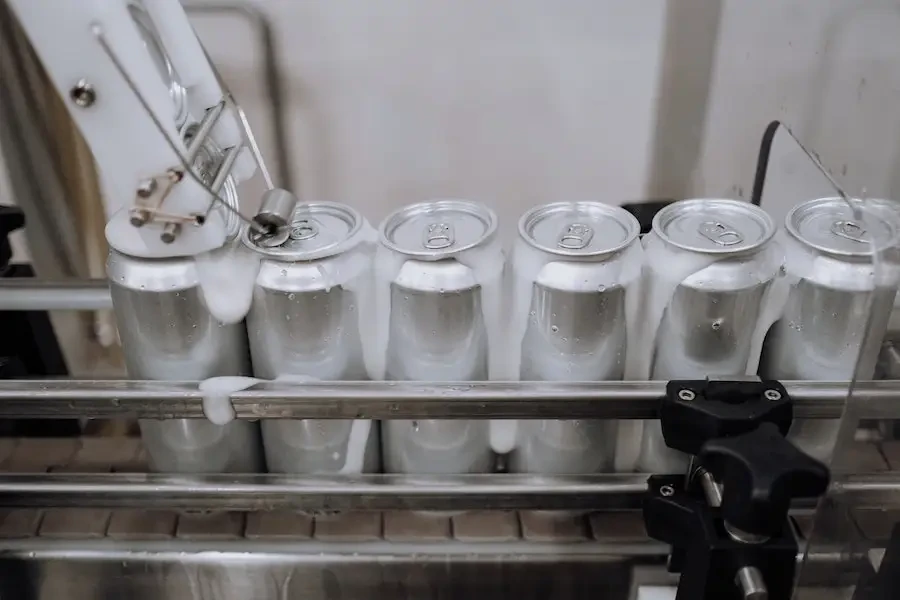
With today’s technological advancement, automated packaging machines are the perfect companions for businesses aiming to optimize their packaging. These machines work tirelessly, 24/7, filling packages with various products like food items or medications at a consistent rate.
Additionally, automation significantly improves quality control. For instance, vision-guided robotics can accurately and consistently inspect products and their packaging, ensuring accurate labeling, perfect alignment, and the right seal. These robotic machines can even detect underweight or overweight packages, guaranteeing proper serving sizes and reducing waste.
In addition to cost savings and quality enhancement, adopting robotics in the packaging process also plays a pivotal role in enhancing workplace safety. This is achieved by limiting human exposure to potentially hazardous tasks, such as handling heavy objects, sharp instruments, or harmful materials.
Packaging optimization: the hidden key of a successful brand
In a nutshell, packaging optimization is far more than a utility function aimed at safeguarding products and minimizing costs. It also serves as a medium to heighten a brand’s image and enrich the customer experience. An elegantly designed, easy-to-open package might not just be memorable but could be a turning point in the customer’s perception of the brand.
Therefore, businesses should not use packaging optimization just as a way to create a cost-effective product package. It’s an ongoing process of refining the customer’s interaction and experience with the brand, beginning with the very first package they open.
Ready to make that switch and embrace optimized smart packaging? Check out how to use QR codes to make packaging more functional and valuable!

Looking for a logistics solution with competitive pricing, full visibility, and readily accessible customer support? Check out the Alibaba.com Logistics Marketplace today.


